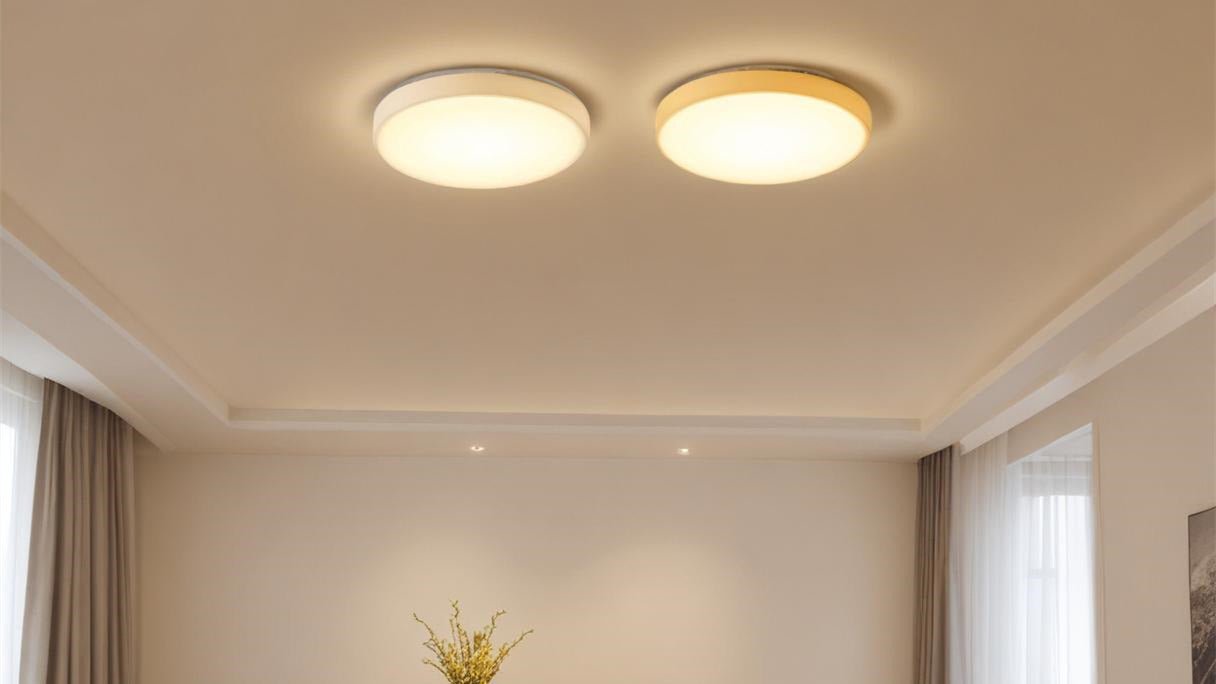Choosing the perfect LED ceiling light can transform your space, providing the right ambiance, functionality, and energy efficiency. With countless options available, making an informed decision can be overwhelming. This guide will help you navigate the essentials of selecting the ideal LED ceiling light for your needs.
Understand Your Lighting Needs
Before diving into the vast array of LED ceiling lights, it's crucial to identify your lighting needs. Consider the purpose of the room where you will install the light. Is it a living room, kitchen, bedroom, or office? Each space has unique lighting requirements. For instance, a kitchen might need bright, focused lighting, while a bedroom may benefit from softer, ambient light.
Types of LED Ceiling Lights
There are various types of LED ceiling lights, each designed to serve different purposes. Here are some popular options:
- Flush Mount LED Ceiling Lights: These are ideal for rooms with low ceilings. They sit close to the ceiling, providing a sleek, modern look without occupying much space.
- Semi-Flush Mount LED Ceiling Lights: These hang slightly below the ceiling, offering a decorative element along with functionality. They work well in rooms with moderately high ceilings.
- Recessed LED Ceiling Lights: Also known as downlights, these are installed within the ceiling, providing a clean, unobtrusive look. They are perfect for modern, minimalist designs.
- LED Pendant Lights: These hang from the ceiling, making them a focal point in any room. They are great for dining areas, kitchen islands, or any space where you want to make a statement.
Consider Lumens and Wattage
When choosing an LED ceiling light, it's important to understand lumens and wattage. Lumens measure the light output, while wattage indicates the energy consumption. Unlike traditional bulbs, LED lights offer higher lumens per watt, meaning they provide more light with less energy.
For example, a typical LED ceiling light might use only 15 watts but produce the same amount of light (measured in lumens) as a 60-watt incandescent bulb. When selecting your light, consider the brightness you need for the room. A living room might require around 2,000-3,000 lumens, while a kitchen might need 3,000-4,000 lumens for adequate illumination.

Color Temperature and CRI
Color temperature and Color Rendering Index (CRI) are crucial factors in selecting an LED ceiling light.
- Color Temperature: Measured in Kelvin (K), color temperature affects the mood and appearance of a room. Lower temperatures (2700K-3000K) emit a warm, yellowish light, ideal for bedrooms and living rooms. Higher temperatures (4000K-5000K) produce a cool, white light, suitable for kitchens and workspaces.
- CRI: This measures the light's ability to render colors accurately. A higher CRI (closer to 100) means colors will appear more vibrant and true to life. For most home applications, a CRI of 80 or above is recommended.
Energy Efficiency and Lifespan
One of the primary advantages of LED ceiling lights is their energy efficiency. LEDs consume significantly less power than traditional incandescent or fluorescent bulbs, which translates to lower electricity bills. Additionally, they have a longer lifespan, often lasting 25,000 hours or more. This reduces the frequency and cost of replacements.
Dimmability and Smart Features
Many modern LED ceiling lights come with dimmable options, allowing you to adjust the brightness to suit different activities and times of day. Ensure that the LED light you choose is compatible with your dimmer switch, as not all LED lights are dimmable.
Smart LED ceiling lights offer advanced features like remote control, color-changing capabilities, and integration with home automation systems. These options provide convenience and customization, enhancing your lighting experience.
Aesthetic and Design
Finally, consider the aesthetic and design of the LED ceiling light. It should complement the style and decor of your room. Whether you prefer a modern, sleek look or a more traditional design, there is an LED ceiling light to match your taste.
Conclusion
Choosing the right LED ceiling light involves understanding your lighting needs, considering lumens and wattage, evaluating color temperature and CRI, and prioritizing energy efficiency and lifespan. Additionally, exploring dimmable and smart options, as well as ensuring the aesthetic fits your space, will help you find the perfect LED ceiling light. With these factors in mind, you can make an informed decision that enhances your home's ambiance and functionality.


































Leave a comment
This site is protected by hCaptcha and the hCaptcha Privacy Policy and Terms of Service apply.